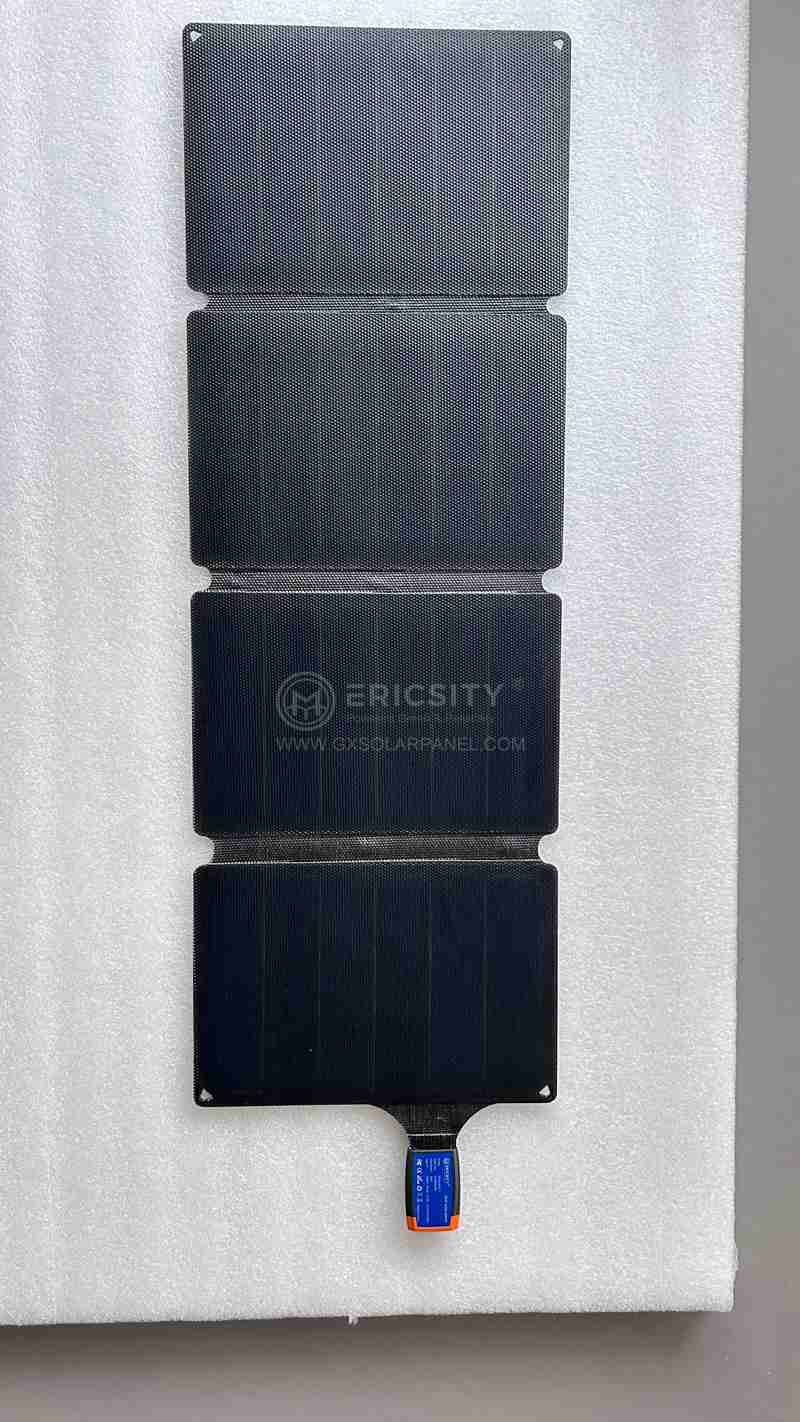HOT PRODUCT
Product Details
Understanding The Science Of Semi-flexible Solar Panels: How They Generate Power
Understanding The Science Of Semi-flexible Solar Panels: How They Generate Power
Solar energy is becoming increasingly popular as a renewable and sustainable source of power. As technology evolves, different types of solar panels have been developed to meet various needs and make solar energy more accessible to a wider range of applications. One such development is the semi-flexible solar panel. In this article, we will explore the science behind semi-flexible solar panels and how they generate power.
Traditional solar panels are mostly rigid and made up of silicon photovoltaic cells that convert sunlight into electricity. They are commonly used in large-scale solar installations such as solar farms. However, due to their rigidity and weight, they are not suitable for all applications.


Semi-flexible solar panels, as the name suggests, have a certain degree of flexibility. They are made using a combination of advanced materials and techniques that allow for some bending or curving. This flexibility opens up new possibilities for solar energy in applications where traditional rigid panels are not a viable option.
The basic functioning of a semi-flexible solar panel is similar to its rigid counterpart. It relies on the photovoltaic effect, a process where sunlight is converted into electricity through a series of physical and chemical reactions. The key component of a solar panel is the photovoltaic cell, which is composed of multiple layers of semi-conductive material.

In a typical semi-flexible solar panel, the photovoltaic cells are embedded in a thin, lightweight and flexible material. This material provides the necessary support and protection to the cells while allowing for some flexibility. To enhance the flexibility, the cells themselves are usually made thinner and more pliable compared to those used in rigid panels.
As sunlight hits the semi-flexible solar panel, the photons (light particles) transfer their energy to the electrons in the semi-conductive material of the photovoltaic cells. This process excites the electrons, allowing them to move freely within the material. The movement of these electrons creates an electric current. This current is then collected by conducting materials within the solar panel and routed to an inverter, which converts the direct current (DC) electricity into alternating current (AC) electricity. The AC electricity can then be used to power various devices or fed back into the grid.
The flexibility of semi-flexible solar panels makes them suitable for a wide range of applications. They can be integrated into curved surfaces or installed on irregular shapes, such as boats, caravans, and other mobile and portable structures. Additionally, they can be used in buildings with unconventional designs, where rigid panels may not fit or be aesthetically pleasing.
While semi-flexible solar panels offer great advantages in terms of versatility, there are some trade-offs. Their flexibility means that they are generally less efficient in converting sunlight into electricity compared to traditional rigid panels. Moreover, they may be more susceptible to physical damage and wear over time, especially from bending, flexing, or exposure to harsh weather conditions. However, ongoing advancements in materials and manufacturing techniques are steadily improving their efficiency and durability.
In conclusion, semi-flexible solar panels provide an innovative and flexible solution for harnessing solar energy in diverse applications. Understanding the science behind them helps us appreciate their potential and limitations. As solar technology continues to advance, it is likely that semi-flexible panels will play an increasingly significant role in the world’s transition towards a cleaner and more sustainable energy future.




